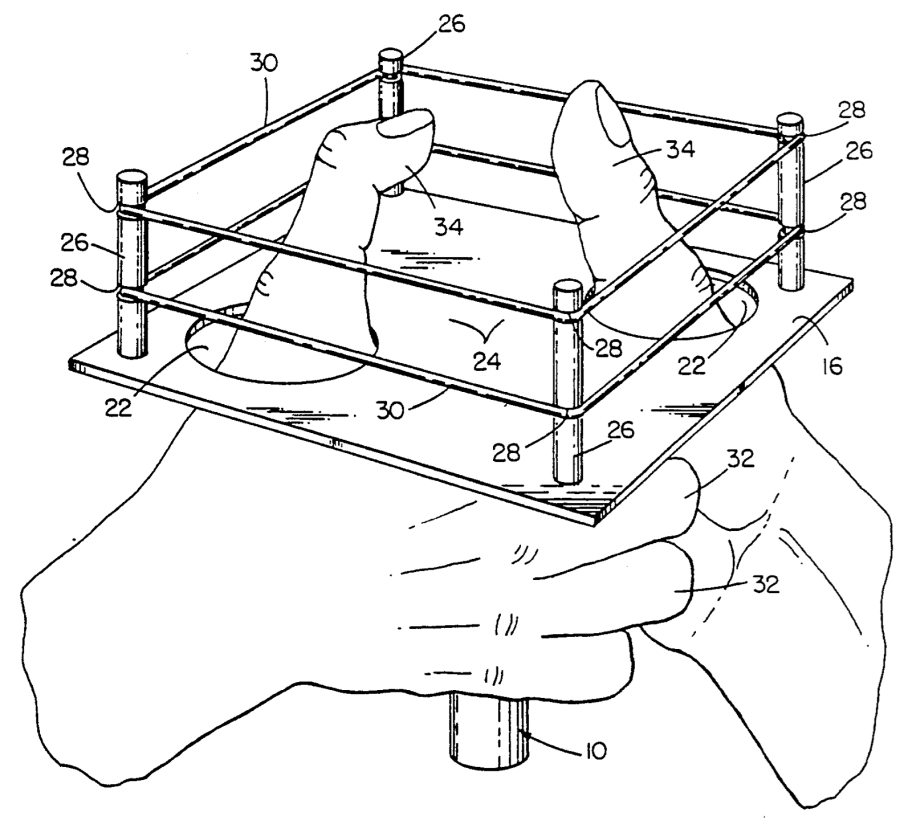There are, in general, four “stages” of legal services typically provided for a Client in a patent procurement effort. In sequence, these stages are: (1) conducting a patentability search and rendering a preliminary patentability opinion, (2) preparing and filing a patent application, (3) prosecuting the patent application, and (4) handling formal patent issuance if the application is allowed.
In the first stage, the goal is to determine with some confidence whether an invention is actually patentable, in order to better decide whether continuing with the patent procurement effort is justified. Note that the term “patentability search” is sometimes substituted with the term “novelty search,” to highlight the fact that no search can in fact be used to determine with certainty that an invention is patentable. At most, a search can reveal that an invention is not novel, or it can reveal that there is a high likelihood the invention will be considered obvious by a patent examiner.
For a typical patentability search, the invention is reviewed and summarized, focusing on its most commercially important and assumed novel features. Then, a search is conducted in an attempt to locate reference documents that relate to or disclose the features of the invention. The reference documents can include patents and published patent applications, technical treatises, scientific journal articles or any other type of publications.
The references can then be reviewed and compared to the invention, in order to form a preliminary opinion regarding the potential patentability of the invention. This opinion will inform the decision as to whether the costs of preparing and filing a patent application for the invention should be incurred.
Performing a patentability search prior to preparing and filing a patent application is useful for at least two reasons. First, the uncovered references give a good “snapshot” of the general level of prior art that bears upon whether, and to what extent, patent protection may be available for the invention. Second, having a knowledge of the general content of the relevant prior art before preparing an application enables drafting of patent claims having proper scope (that is, broad enough to capture the full extent of the invention, without encompassing the known prior art).
While conducting a patentability search is usually quite desirable, the law does not require such a search. Some applicants choose to dispense with the search altogether. This, of course, saves on legal fees and any out-of-pocket expenses associated with the search, but it also does not obtain the benefits of the search.
In any event, a patent examiner will perform a search as part of examining the patent application, and the examiner may uncover particularly relevant prior art. Thus, although conducting a patentability search does not guarantee that a particular invention is patentable, it tends to lessen considerably the possibility that the costs of preparing and filing a patent application will be incurred for an invention that is not patentable.
